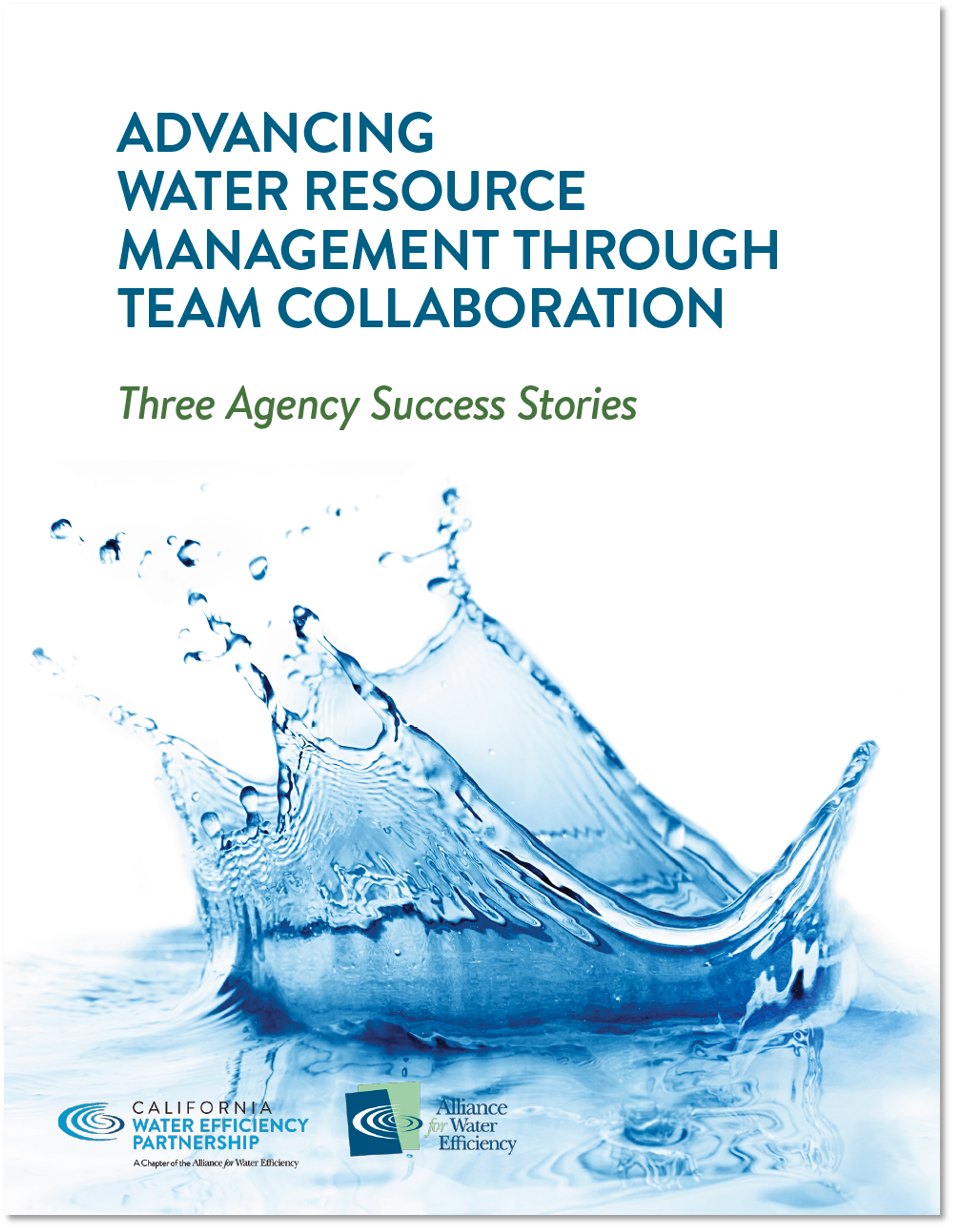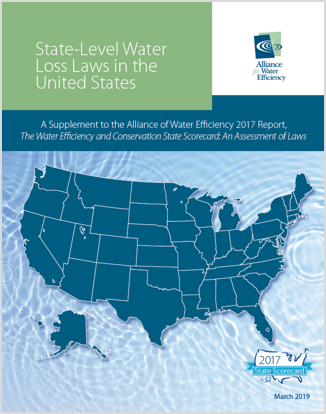Collaboration between the conservation and operation departments in water utilities is key to improving water conservation, mitigating water loss, and developing programs that will benefit the whole service area of a water utility. A strong relationship between the two departments can greatly bolster the success and lead to better management of the utility’s water and energy resources.
AWE and CalWEP interviewed staff members from the conservation departments of three utilities who have successfully navigated this kind of collaboration in their organizations: Moulton Niguel Water District and East Bay Municipal Utility District in California and Austin Water in Texas. Our findings are summarized in this report.






